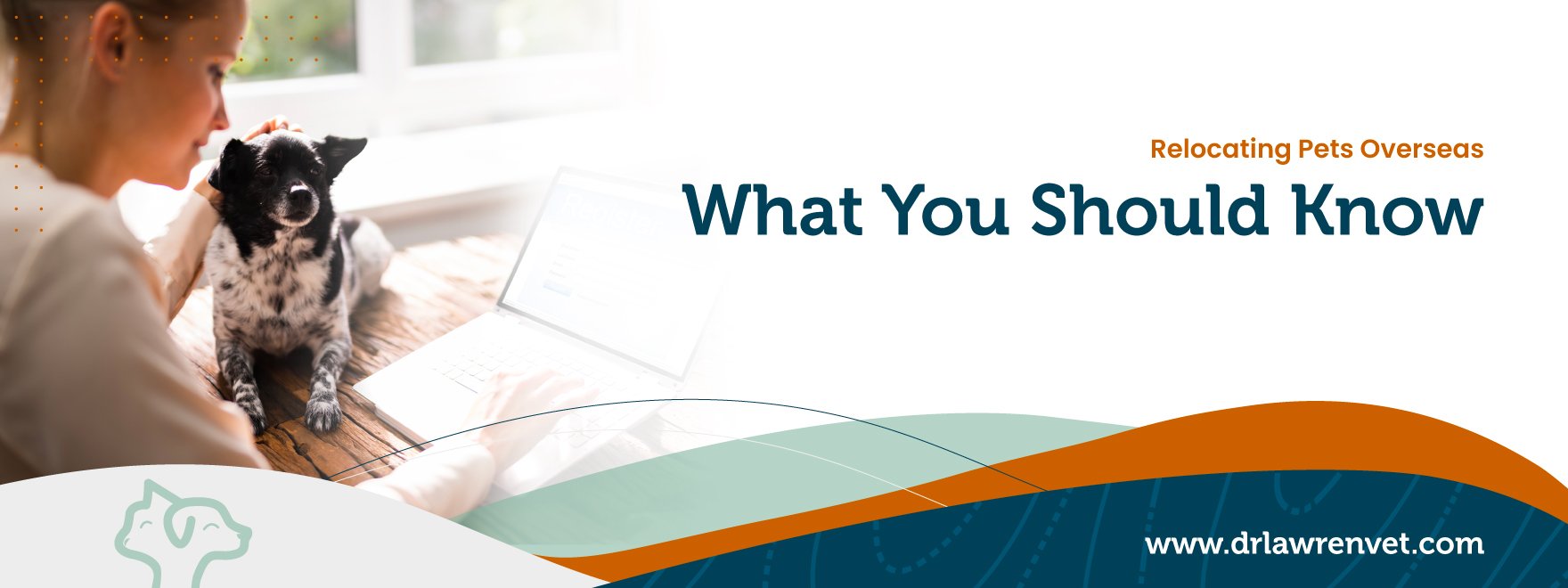Relocating Pets Overseas: What You Should Know
USEFUL LINKS:
IATA:
https://www.iata.org/en/youandiata/travelers/traveling-with-pets/
https://www.iata.org/en/programs/cargo/live-animals/pets/
HONG KONG REQUIREMENTS FOR EXPORT:
COUNTRY OF DESTINATION:
BRITAIN:
https://www.gov.uk/bring-pet-to-great-britain
EU:
CANADA:
https://inspection.canada.ca/importing-food-plants-or-animals/pets/eng/1326600389775/1326600500578
SINGAPORE:
USA:
https://www.aphis.usda.gov/aphis/pet-travel/
AUSTRALIA:
https://www.awe.gov.au/biosecurity-trade/cats-dogs
Relocation is always stressful – and it’s even more stressful when it includes an international move and your beloved pet! This is a brief checklist to try to get you and your pet to your new country with a minimum amount of stress.
Decide if you are using a pet travel agent or doing it by yourself
Pet relocation experts are experts in pet relocation
Travel agents increase costs but may decrease stress
Travel agents help you avoid missteps that may delay your pet travel
You do not HAVE to have a travel agent to travel with your pet
Given the current situation in Hong Kong pet travel agents may have a very long waiting list and may have increased prices
Research requirements for the destination country
SEE LINKS ABOVE
Some countries do not allow certain species (ferrets), breeds, or dogs that have had certain diseases (tick fever)
Some countries require a long isolation period in a government facility to prove that your pet is not carrying any diseases
All countries require vaccination against rabies and microchip
The timing for the rabies vaccination and type of microchip may vary
Some countries require rabies titers, which can take up to a month to get back from the lab (since we must send them out of the country in Hong Kong) and may need to be performed 30 days after vaccination
Book flights
Airlines have their own requirements as to when they will fly pets, where they will fly pets, and paperwork you need to fill out
Pets can fly as cargo, excess baggage, or in the cabin with you
Talk to an airline representative if possible!
Certain breeds cannot be flown at certain times of year (for example, short nosed breeds will not be flown during the hot months of the year)
Time the flight correctly so that you have time to fulfill all the requirements of the destination country
Most airlines require that an owner or responsible agent is on the flight with your pet
Consider whether a longer direct flight will be better than two shorter flights with a layover
Depending on the layover and the airline, you may be able to visit your pet during the time between flights
Bring your pet to the vet to fulfill rabies requirements and microchip and to make sure that they are healthy for the flight
This may need to be done 1-3 months prior to travel, since you may need rabies antibody titers
Purchase the proper crate (IATA guidelines) and have your pet used to the crate beforehand
Feed your pet and have them sleep in their crate
Make the crate a pleasant place
Spray with pheromones
Do not use it as a place of punishment
Get pets used to motion and loud noises beforehand
You can play airplane noises and take pets on car rides to stimulate motion
We do not recommend sedatives prior to a flight, but if you are going to use an anti-anxiety medication such as CBD oil or gabapentin, try it a few weeks before departure
Have the vet fill out the proper health certificates 7-10 days prior to travel
It is your responsibility to bring the health certificate to the vet and have it filled out
Once the health certificate is filled out, bring it to AFCD in Hong Kong for a signature
Hours may vary due to COVID
You do not have to bring your pet
This process takes 2-3 days
Travel with your pet
Make sure to have backups available and to have contingency plans
Make sure that your pet has a water bottle attached to their crate, so they don’t become dehydrated
Consider teaching them to drink from a water dropper (hamster bottle)
If you have to use a bowl, consider filling with ice beforehand so that it can melt over time and make sure that the bowl is attached to the door so that it can be refilled easily without opening the door
The day of the flight
Take your dog for a long walk as close to the time of departure as possible
Feed them a small meal about 4-6 hours beforehand
If your pet does not typically wear a collar, don’t put one on them the day of travel
Make sure that the crate is clearly labelled
Give the pet something safe to bring with them, such as one of your old t-shirts

